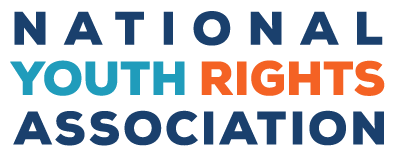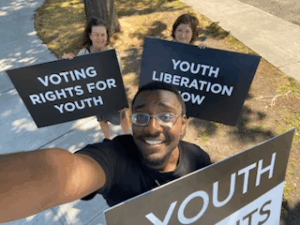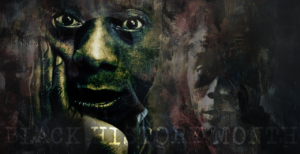- Juvenile curfews are a violation of young people’s fundamental rights. Both the U.S. Constitution and the U.N. Convention on the Rights of the Child state that freedom of movement and association is an important right. Federal courts have also recognized that curfew-imposed restrictions are a violation of First Amendment rights such as free speech and assembly, and therefore have struck down many curfews that fail to give free speech exemptions.
Along with First Amendment rights, curfews violate fair and equal treatment under the law as well as substantive and procedural due process, making them unconstitutional in other ways as well. - Curfews are ineffective at reducing crime. A recent review of several studies on juvenile curfews stated that they are ineffective at reducing both crime and victimization. This supported an earlier review of studies on juvenile curfews, which also found that juvenile crime and victimization were “most likely to remain unchanged after implementation of curfew laws” and when changes were observed, they were just as likely to reflect an increase in crime as a decrease.
In fact, some studies do show that curfews can lead to a rise in crime. For example, in the District of Columbia, there was a significant uptick in the number of gun violence incidents after extending the curfew by only one hour. Researchers hypothesized that this was because “juvenile curfews change the number of witnesses out on the streets as well as how police are spending their time.” - Juvenile curfews punish non-criminal behavior. Curfew violations are a type of status offense, which means they criminalize behavior that is only illegal because the person involved is under eighteen. Status offenses unfairly punish young people for activity that is not considered dangerous to society (otherwise it would be illegal for everyone to do it). They are purely discriminatory and create criminals out of otherwise law-abiding citizens.
Because curfews increase the likelihood of young people being drawn into the criminal justice system, criminal justice reformers have begun to speak out against the “curfew-to-prison pipeline.” And the penalties for breaking curfew are not trivial. For example, in Lexington, KY, the penalty for violating curfew can reach a $499 fine, while the maximum penalty for speeding is $200. This shows that the city of Lexington considers a young person walking the streets at night is a greater threat to public safety than someone exceeding the speed limit. - Juvenile curfews don’t target populations that commit the most crime and waste police resources. Except for the elderly, juvenile crime makes up the lowest proportion of crime altogether. In fact, adults commit about 90% of crimes in the U.S. Of course, older people would not tolerate such a strong restriction on their freedom or the targeting of an entire group. However, because police officers are forced to monitor, arrest, and process curfew violations, they are unable to direct their energies to dealing with actually dangerous behavior. This has led to law enforcement officials identifying curfews as a “drain on the police department’s resources.”
- Juvenile curfews are often applied in a discriminatory fashion. There is ample evidence to show that street policing affects people of color in a disproportionate way. Just like “stop and frisk,” curfews can also disproportionately impact homeless people and those trying to escape an abusive home life. Curfew laws are heavily enforced in black neighborhoods, but not as heavily in white neighborhoods and white youth are less likely to be stopped by police than black youth. In fact, the city of Austin, Texas ended juvenile curfews in 2017 after data revealed that “black and Hispanic youths were cited disproportionately.”
Top Five Reasons to Abolish Curfews
They don’t reduce crime or keep us safe





